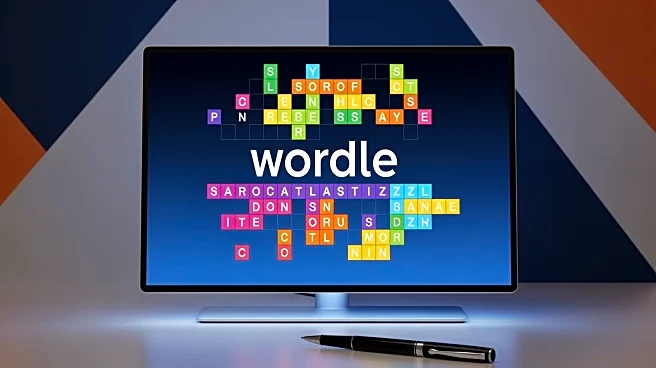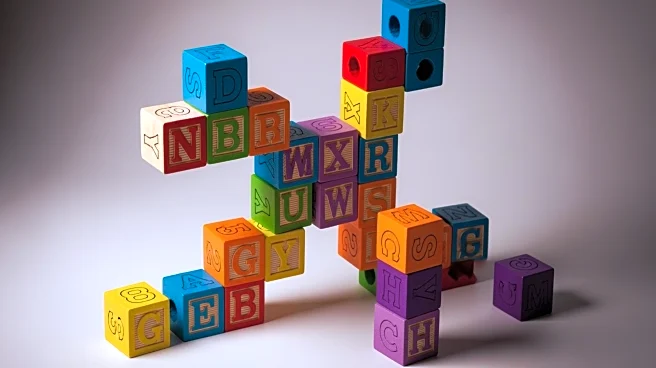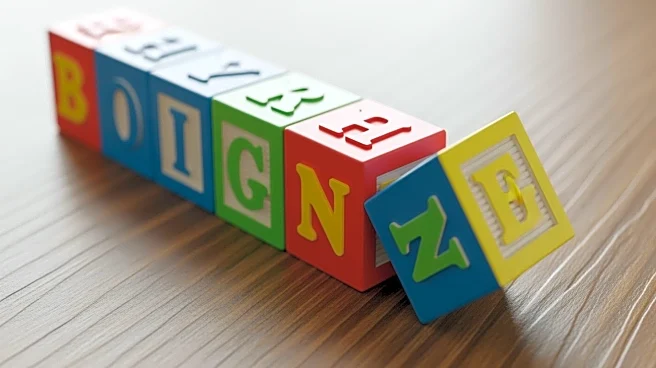What's Happening?
The popular word puzzle game Wordle, originally created by software engineer Josh Wardle, continues to engage players with its daily challenges. The game, which was acquired by The New York Times in 2022,
allows players six attempts to guess a five-letter word. The Times' Wordle editor, Tracy Bennett, has shared insights into the game, suggesting 'trace' as a reliable starter word based on analysis of 515 million games. For the puzzle dated October 20, players are given clues to solve the word, which is a noun and also the name of a game requiring flexibility. The word contains two vowels, 'I' and 'O', and starts with the letter 'L'. The answer to the puzzle is 'Limbo', defined as an intermediate, indeterminate state.
Why It's Important?
Wordle's acquisition by The New York Times signifies the game's cultural impact and its role in digital entertainment. The game's popularity reflects a growing interest in word puzzles and casual gaming, which can influence media consumption patterns and advertising strategies. The Times' involvement suggests a commitment to expanding its digital offerings and engaging a broader audience. This development is significant for the gaming industry, as it highlights the potential for simple, accessible games to achieve widespread popularity and commercial success. It also underscores the importance of strategic acquisitions in media and entertainment sectors.
What's Next?
As Wordle continues to captivate audiences, The New York Times may explore further enhancements to the game, such as additional features or subscription benefits. The ongoing analysis of player data could lead to more personalized gaming experiences and recommendations. The game's success might inspire other media companies to invest in similar digital content, potentially leading to increased competition in the casual gaming market. Additionally, the integration of Wordle into The New York Times' digital platform could drive subscription growth and expand the newspaper's reach among younger demographics.
Beyond the Headlines
Wordle's success highlights broader trends in digital media consumption, where interactive and engaging content can drive user engagement and retention. The game's simplicity and accessibility make it appealing across various age groups, contributing to its viral spread. This phenomenon reflects a shift towards more participatory forms of entertainment, where users actively engage with content rather than passively consuming it. The game's integration into The New York Times' offerings also raises questions about the future of traditional media and its adaptation to digital landscapes.











